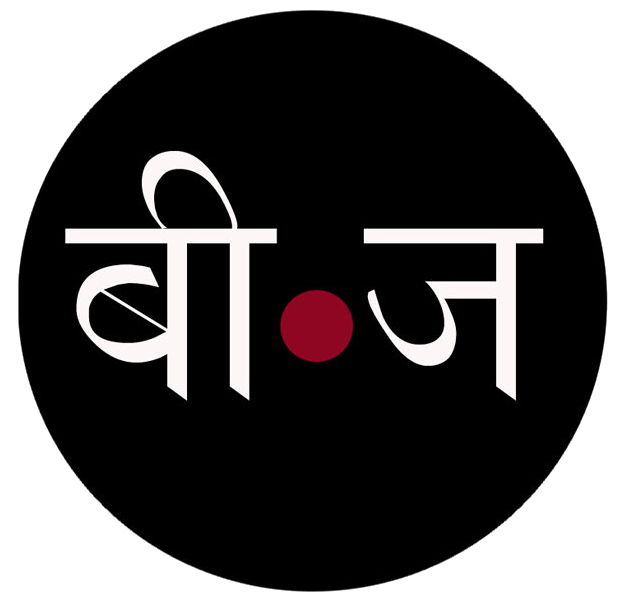India from the Outside

When Chilean artist and visual storyteller, Alejandra Domínguez, reached out to BeejLiving, we realised that we shared the same aesthetic and wonder for the world we lived in.
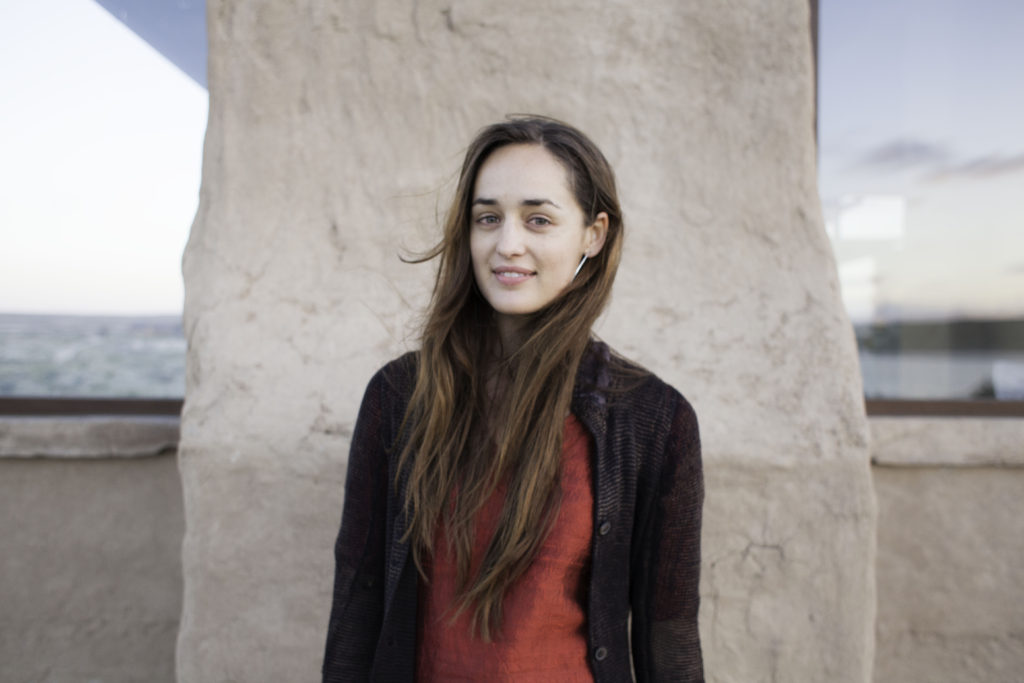
One of her personal projects is couture, and her whimsical clothing is born from the exploration of symbols and images she collects from different places. The XAD style plays with mystical and pop culture—the mysterious and the obvious. She spent two months in India creating a visual moodboard for her work. For BeejlLiving, Alejandra creates a photo series juxtaposed by words on life in the slow lane in India.

The walls speak in tongues
Slow India by XAD
The word “slow” is understood as moving or proceeding with little or less than usual speed or velocity. The word ‘India’ draws it etymology from the Indus River that flows through the region. In Sanskrit सिन्धु (Sindhu) means ‘body of water’
There was an old man in Jaisalmer, a shepherd, who was walking through the ruins. Elegantly dressed in a crisp cotton kurta pajama, he was wearing leather shoes and was carrying a wooden walking stick. He stopped to be photographed. The shepherd was followed by his cows, which he had to take to the desert before sunset. Yet, he waited and chatted for a while, taking out time. This is the slow life, and a life full of generosity.

One billion strong in diversity
India is the least ‘minimal’ country on earth. It’s a place of a millions sounds, souls and symbols. India is quite literally, a land bursting with experiences—a maximalist environment.
Let us put aside slow living as a concept (something that has boomed in an age where life hurtles at an accelerated pace). In India, the art of living slowly has always existed. And so, there has been no need to urgently save rushed souls. This is what I love most about the country.
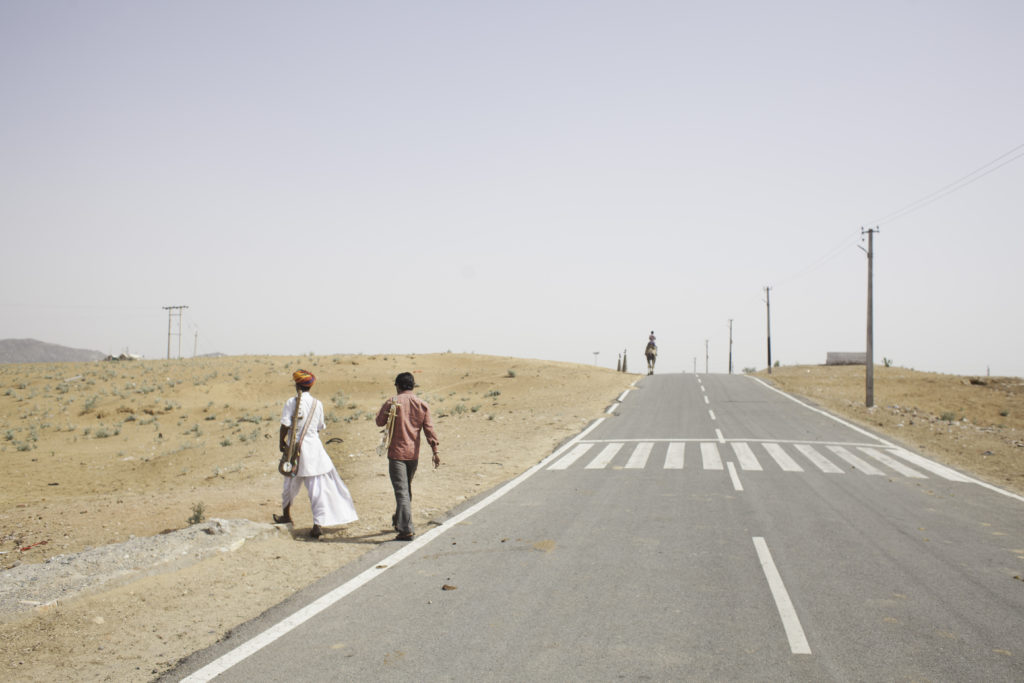
Life in the slow lane
I have observed the slow life around me—people who have time to feed pigeons or cows in the street, women who strike up random conversations, men watching a gully cricket match. India can be chaotic, but people walk slowly, with huge determination and a unique awareness of what surrounds them.
To an outsider, the country is mysterious and romantic. How could it not be when its very walls tell a tale of romanticism, mysticism and beauty? There, where the peacock, the tiger, the jasmine flowers, the gardens and its birds, all live together. These walls teach and influence the behaviour of its people and feed their imaginations.
Everything revolves around the joy of living—the clichéd picture is a reality. Yet, it’s not free of darkness, with some people living in the most desperate conditions. But, despite this shadow, it is the land where the most wise, beautiful and content eyes can be found.
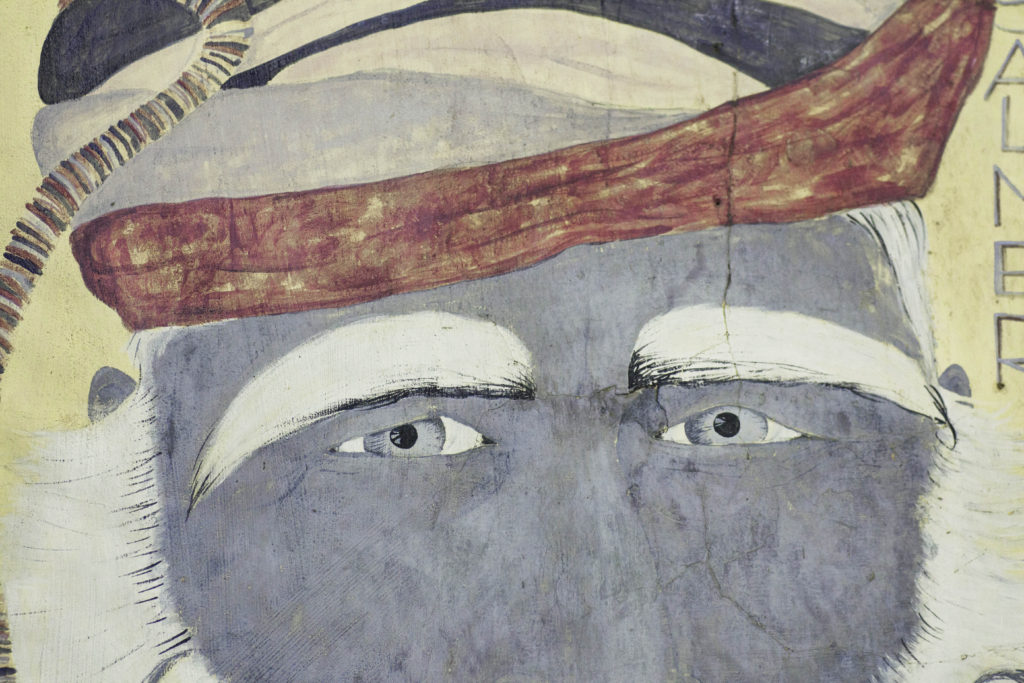
Observing a different world
India can be messy, but is also orderly. Ayurveda, mother of the slow food movement, is free from the pretension that many a times has accompanied it in the West. When other people might end their meal with pudding, here they usually end it with a handful of fennel seeds. Even boutique restaurants in Bombay serve fennel seeds along with supari at the end of a meal: because good digestion comes foremost. There is a complex web of mysteriously concocted ingredients, like paan, a betel leaf wrapped around different ingredients to be had at the end of meals. Look at chai, it’s made in an old corroded pan and served with a generous serving of ginger, even in the most humble abodes.

Cutting adrak chai
India is the land of artisans, who continue to create the same miniature paintings and inlay precious stones in marble, just as they have being doing for centuries. As I heard someone say here, “You know, in my country there are many many different jobs, it is the country of thousands of jobs.”
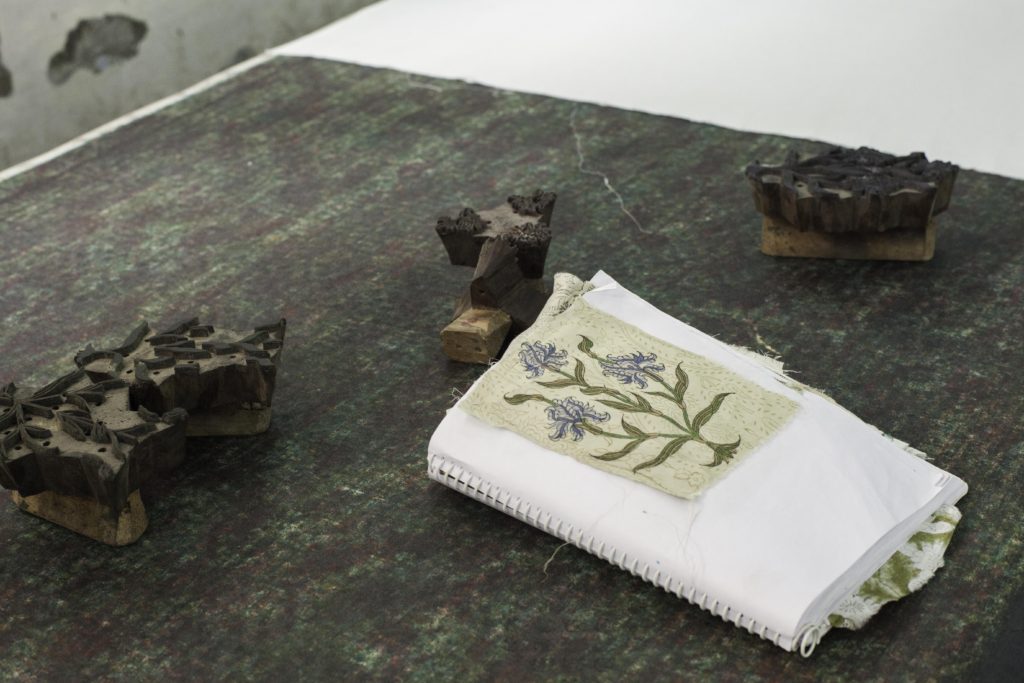
Creating history one block at a time
Think about the craftsman who carves wooden block. Or the roadside barber. The woman who weaves marigold flowers in a necklace to be used as offerings in places of worship. And he, who chops wood for burning a chita on the funeral pyre. There are many—the shoe shine man, the cobbler, the masseur and the ear cleaner—a list that goes on.

The art of paan
The talent and sensitivity of India’s artisans, along with current designers, is a delight. Think of brands like Raw Mango, Eka and Rashmi Varma, or concept stores like Ogaan and Design Temple, which recreating India’s greatness, rescuing magnificent traditions, albeit slowly and organically. One of my favourites is Jigmat Couture, from Ladakh, creating gorgeous and elegant Ladakhi couture.
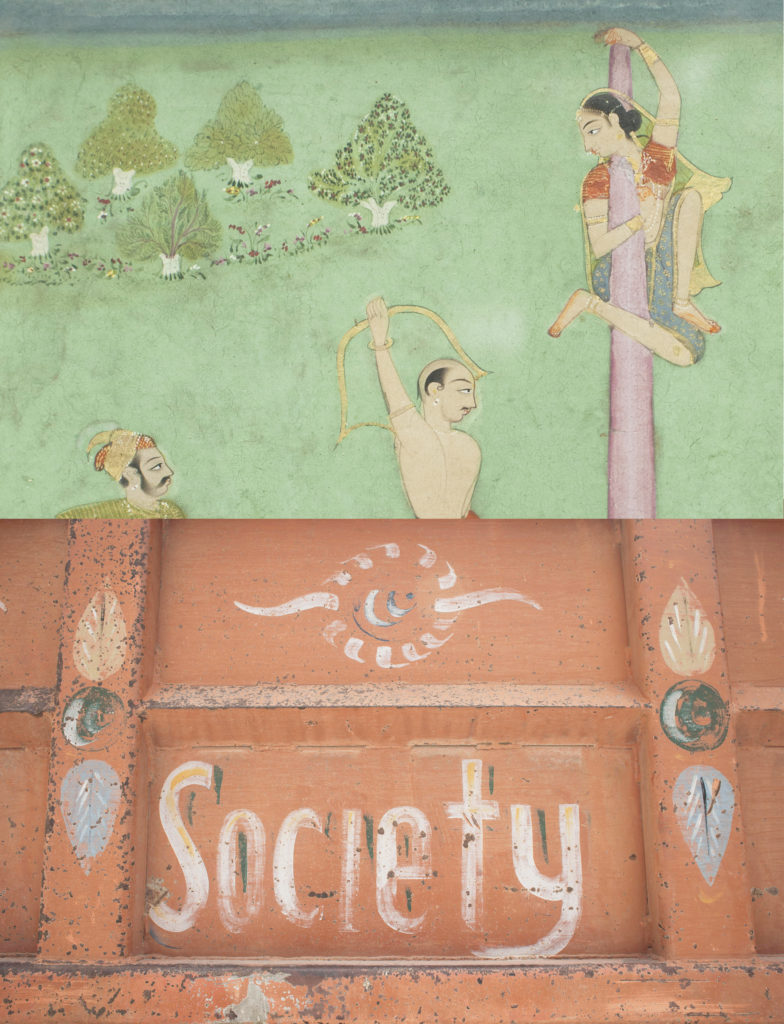
A tapestry of warmth
Slow India is about people, time, and warmth. Because these people are willing to help you, with all the time and generosity in the world, going out of their way to accompany you all the way to the place you have lost.
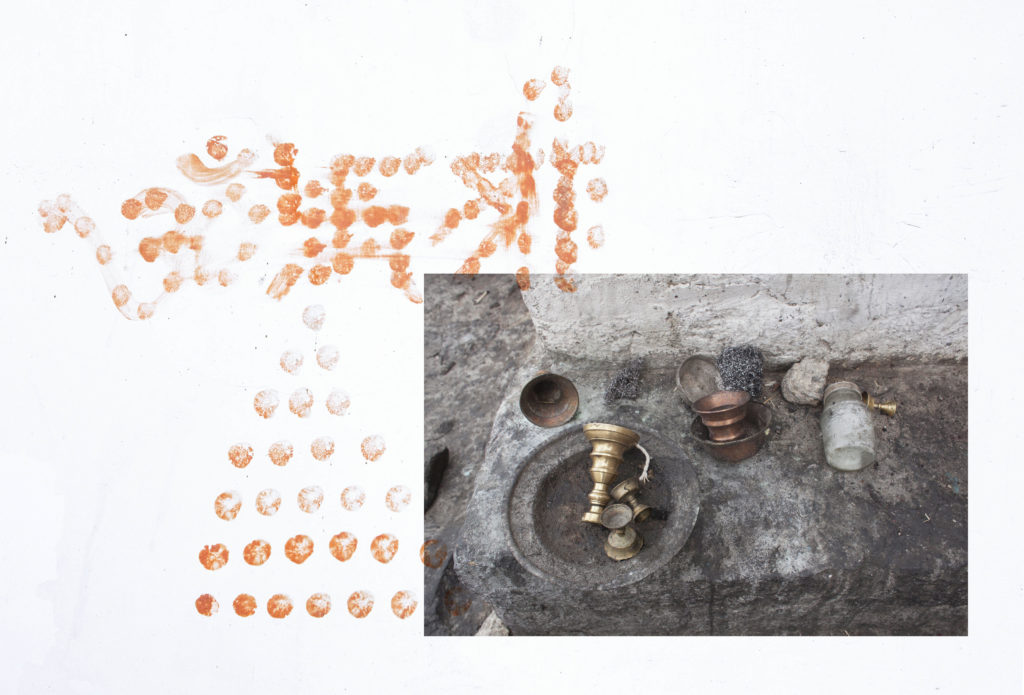
(Translated from Spanish by Gabriel O’Rorke, edited by Neeti Mehra)
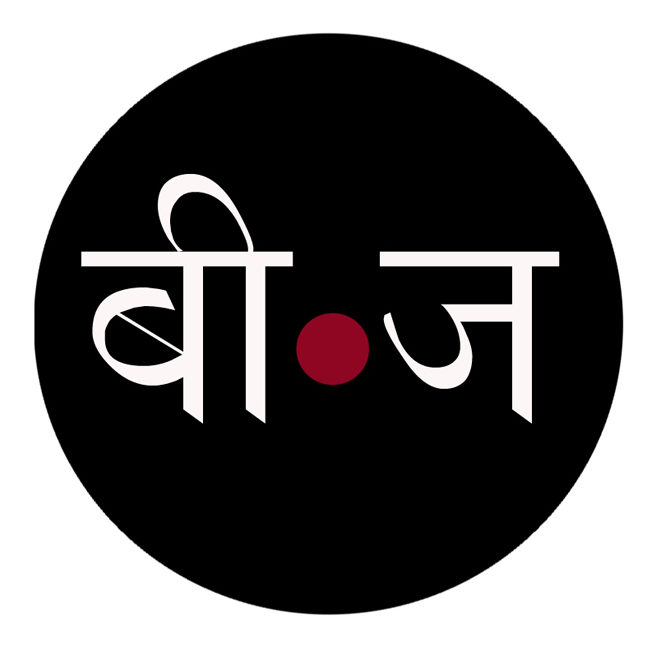
Most Read Articles

A Complete Guide to Demi-Couture Jewellery in India
The ultimate guide to artistic baubles and demi-couture jewellery that evokes the splendor of India... Read More»
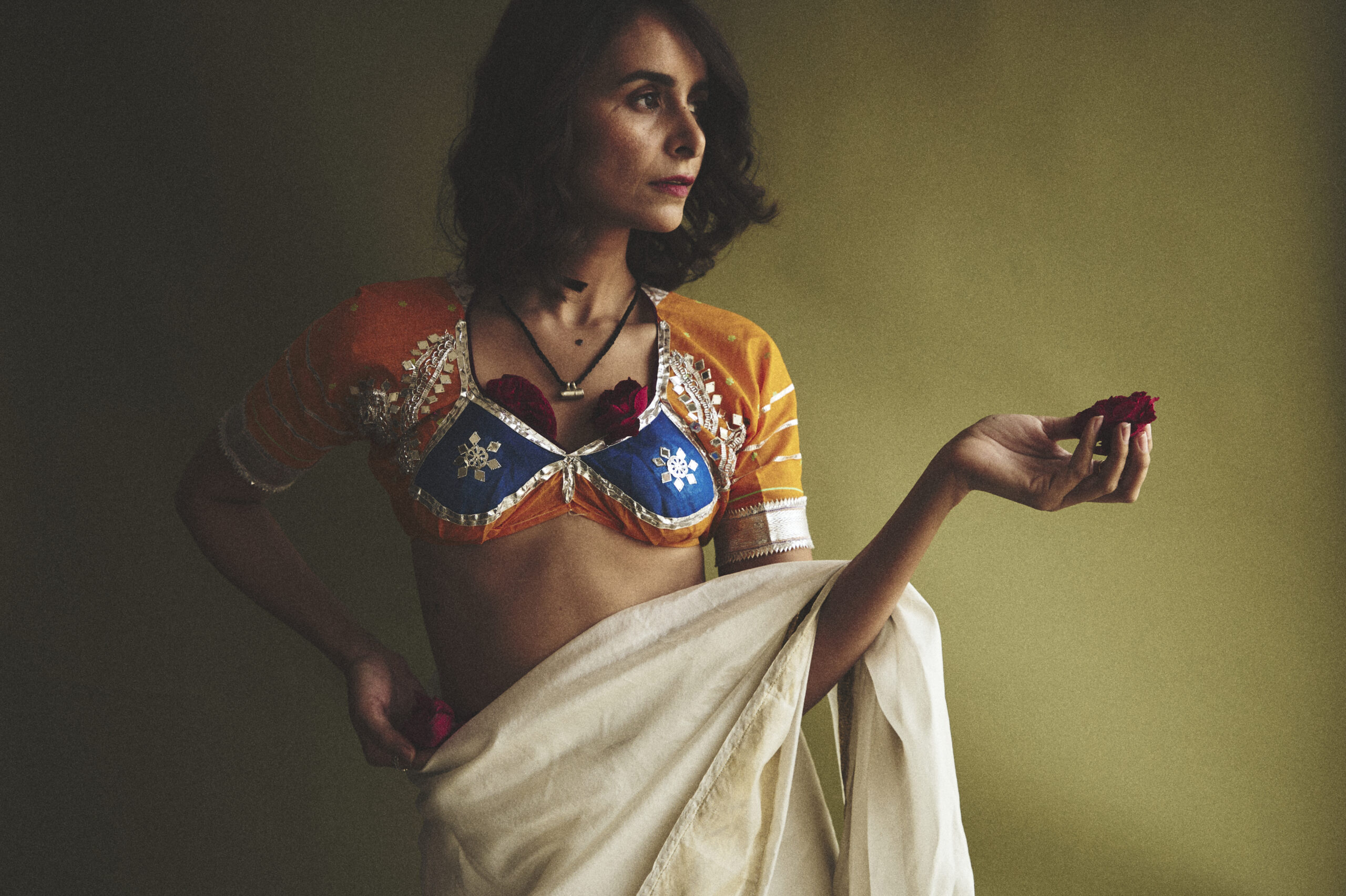
Rajasthan’s Aangi Finds New Life in Aangiwali’s Fusion of Tradition and Style
Aangi is a garment woven with history. In the arid landscape of Shekhawati, Rajasthan, it... Read More»

The Ultimate Guide to the Best Natural Deodorants in India
The top 12 natural deodorants that banish BO and nix nasties for round-the-clock freshness Our... Read More»

Easy Yoga Practices for Menopause Relief
Dr Hansaji Yogendra, Director of The Yoga Institute and President of the Indian Yoga Association... Read More»
